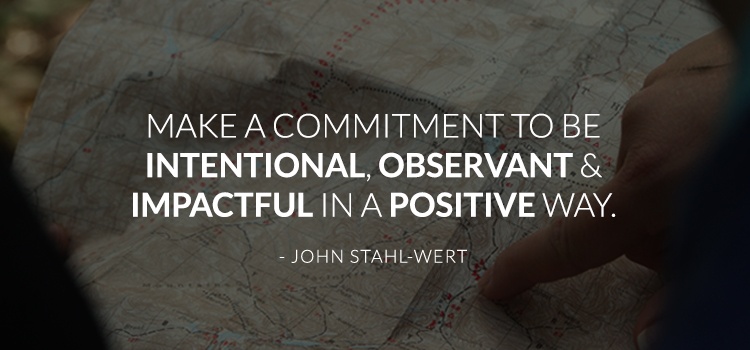Did you know the idea of forecasting a new president’s success from what he gets done during his first 100 days began with Franklin Roosevelt when he, in his first term, began tackling the challenges of the Great Depression in 1933? Since then, the 100-day standard, while not precise, has become a popular concept used to predict the effectiveness of every president.
You may not be an elected official, but if you are considering taking on new leadership responsibilities in a business or organization, what you accomplish in the first days, weeks, months, and year—and how you go about it—will bear significant consequences. With that in mind, consider the following tips on how a Serving Leader can make the most of his or her first “100 Days.”




